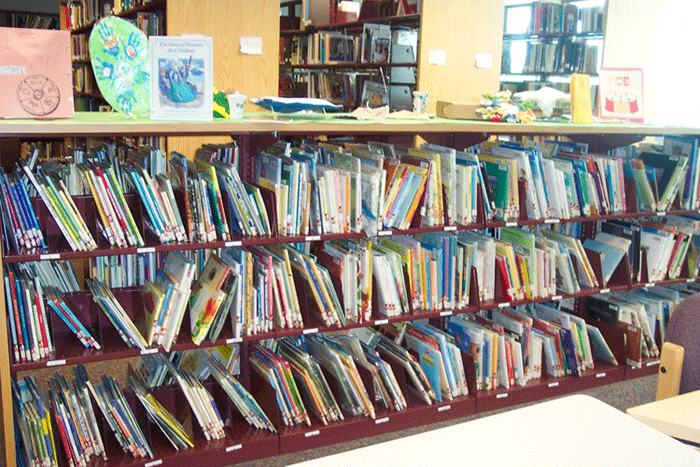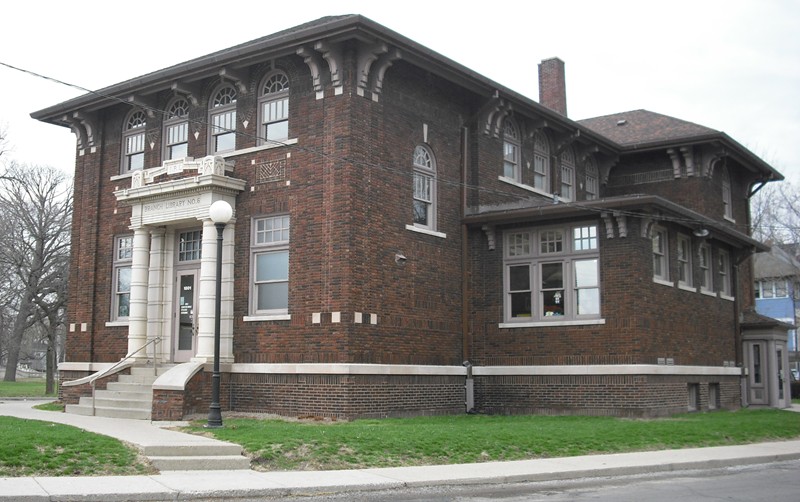My volunteer travels recently took me to a library. Our task was to weed out the collections – remove books that did not fit the library mission and vision, books that would (or havenot) been checked out in decades, books no longer perceived relevant. We were performing this act not out of a sense of community service; the library has essentially been closed for the past year due to lack of funds for a full time librarian. Recent budget crunches forced the change about a year ago. The library has remained relatively silent except for the children’s section.

This library was created about sixty years ago and is located within the Bureau of Jewish Education and on a campus of Jewish communal organizations. The original benefactors were the “ladies” auxiliary. They provided funding for a librarian, purchased books, managed the collections. Over the years, the volunteers became older, lost interest, shifted their priorities.
Our task felt much like a precursor to hospice. We were preparing the space for death. The public library serving our community in 2012 served 4.2 million patron visits at 22 locations and had a circulation of 15.5 million. One-year prior, the library system had a circulation approaching 15 million and 3.9 million patron visits. While impressive numbers, the story is not a positive one. Libraries are searching for their place in a digital world. Budget cutting is forcing the library of today to question is mission, purpose, and vision. The 2012 American Library Association’s “State of America’s Library Report noted that academic libraries face stagnating to declining budgets.
Today, eBooks flood the market, online research replaces the library catalogue, and print media struggles to keep its head above water. The library, as an institution,is clinging to life support. The most telling sign of all is that parents in the early childhood program were asked if they could volunteer a few hours a week to reshelf the books their children were taking out of the library weekly, the response was zero. The era of the library lunch to raise funds is long gone.
My generation is the transitional generation. In elementary school we were taught the Dewey Decimal Classification system, would run to the library when research papers topics were given out in order to get the books before someone else did, and learned the value of the research staff who sat within the eerie, quiet caverns of the library. My children viewed the library as a computer hub or study space in college. My younger nieces view the library as a pass through when moving from one end of the school building to another. From their perspective, there simply is nothing you can’t find on line! An MIT Technology Review article in 2005 wrote, “It’s a simple matter of convenience: free or low-cost access to digital books will make libraries more dispensable.”
Retail bookstores got the message several years ago and challenged their business models. A walk through of a retail book megastore reveals its floor space is equally distributed between new books and its video, audio, and coffee/desert selections.
It is wast of time to sit back and long for the days of going to the library, finding a quiet place in the stacks, sitting on the floor allowing the words on the page to become a passport to far away worlds. All of that can be accessed on line, through cable outlets, or Skype. We could reminisce about the smell of a new book or sounds emanating from a new book the first time you crack the spine.
 Adopting a palliative care approach to the library demands that the focus be on improving quality of life. The essential value of a library is as an information hub. The Carnegie public library initiative between 1883 and 1929 opened the door to the masses to access literature, information, and music. The first Carnegie library has inscribed over its entrance, “Let there be light.” Technology should not be the dagger making the library extinct. How we measure the success of a library within our P&L world requires a new set of analytics and benchmarks. Counting the number of books borrowed isn’t aligned with the activity of a modern library.
Adopting a palliative care approach to the library demands that the focus be on improving quality of life. The essential value of a library is as an information hub. The Carnegie public library initiative between 1883 and 1929 opened the door to the masses to access literature, information, and music. The first Carnegie library has inscribed over its entrance, “Let there be light.” Technology should not be the dagger making the library extinct. How we measure the success of a library within our P&L world requires a new set of analytics and benchmarks. Counting the number of books borrowed isn’t aligned with the activity of a modern library.
This volunteer effort will be done soon. We completed our task. The effort may be vain. The value of a library for this generation is no different than the value that Carnegie saw in the late 1880’s – a library is an entrance to the unknown. Absent the quest toward “the light,” we diminish the journey our children will take into their future.
Leave a Reply